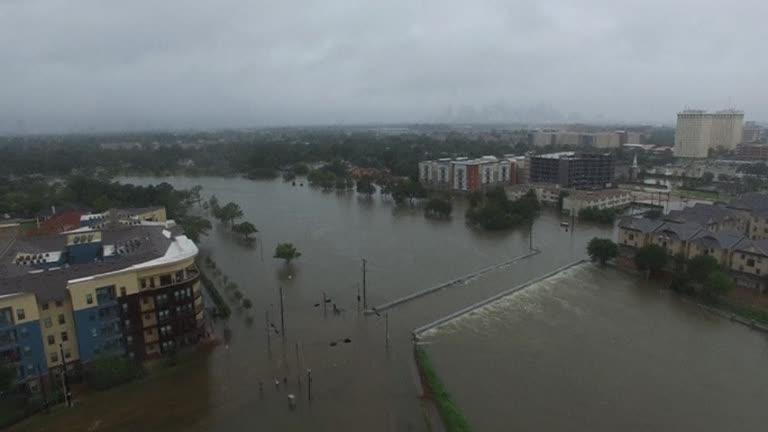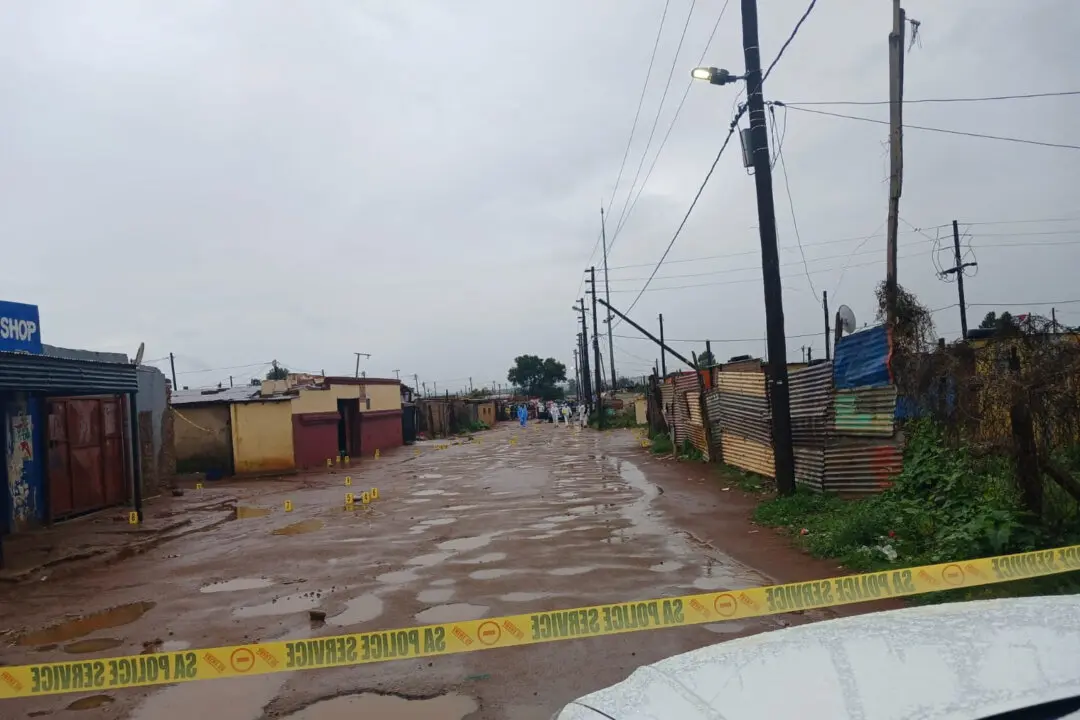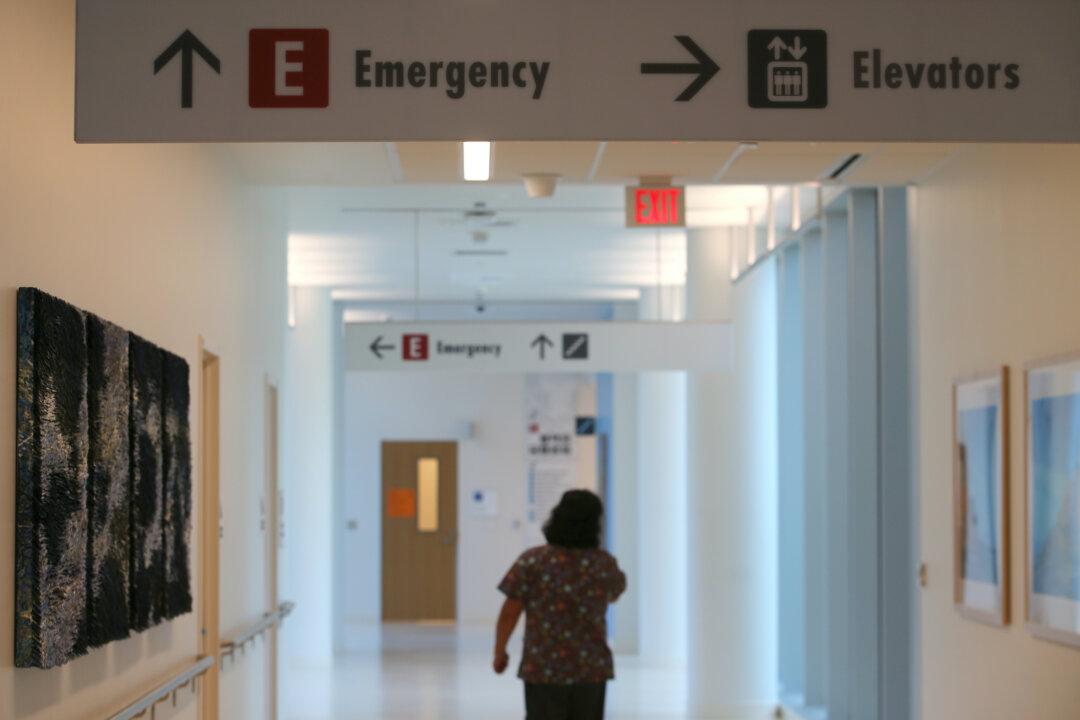Drone footage over Houston showed severe flooding in the wake of Tropical Storm Harvey on Sunday (Aug. 27).
Shot over Brays Bayou in the University of Houston area, downtown Houston can just be made out through the heavy rain and clouds with adjacent roads and bridges over the river completely submerged in flood water.
Historic flooding from Harvey killed at least seven people in Texas and was expected to drive 30,000 from their homes.
Officials on Monday (Aug. 28) warned floodwaters would likely rise in the coming days as the storm hovers over the U.S. Gulf Coast.





